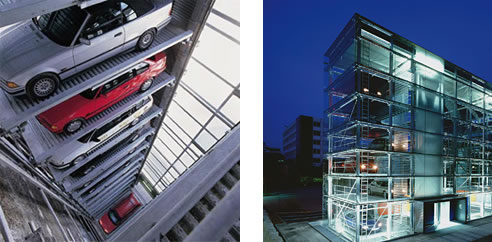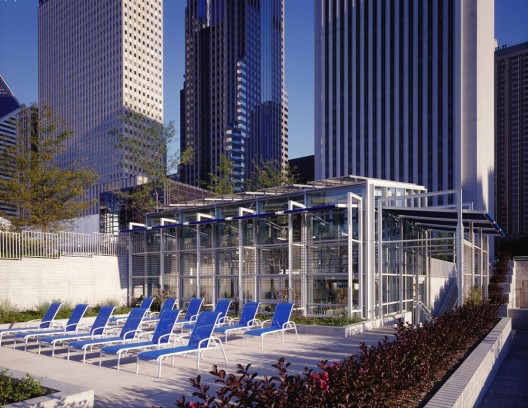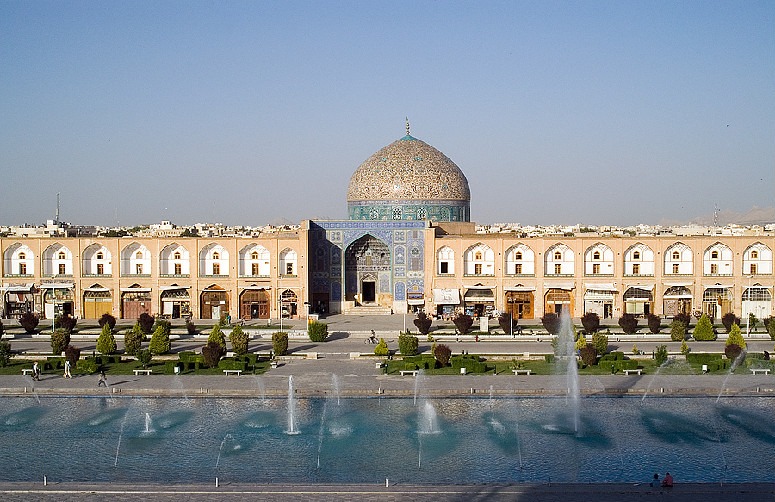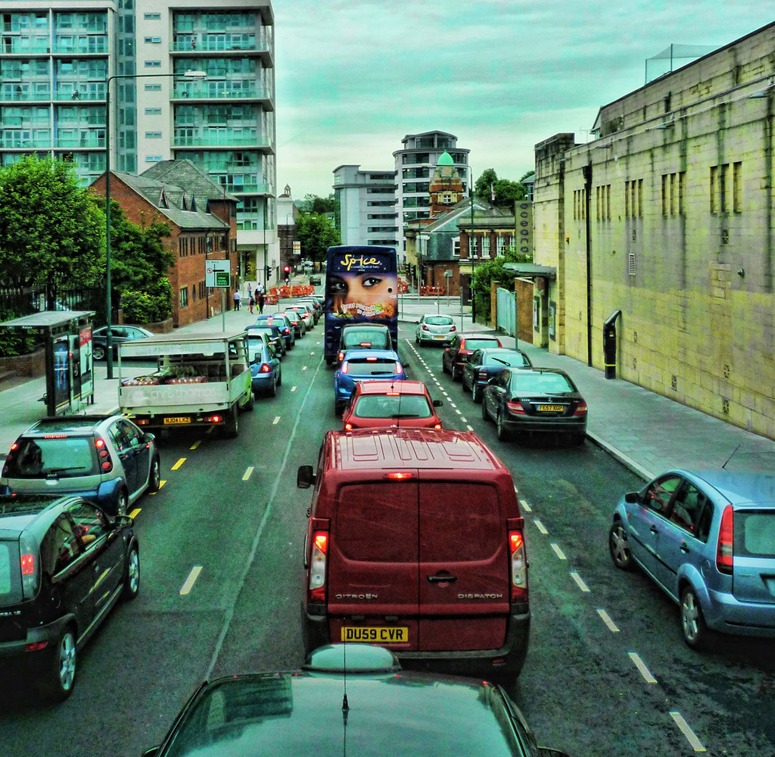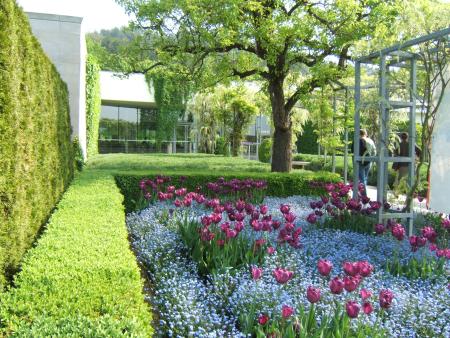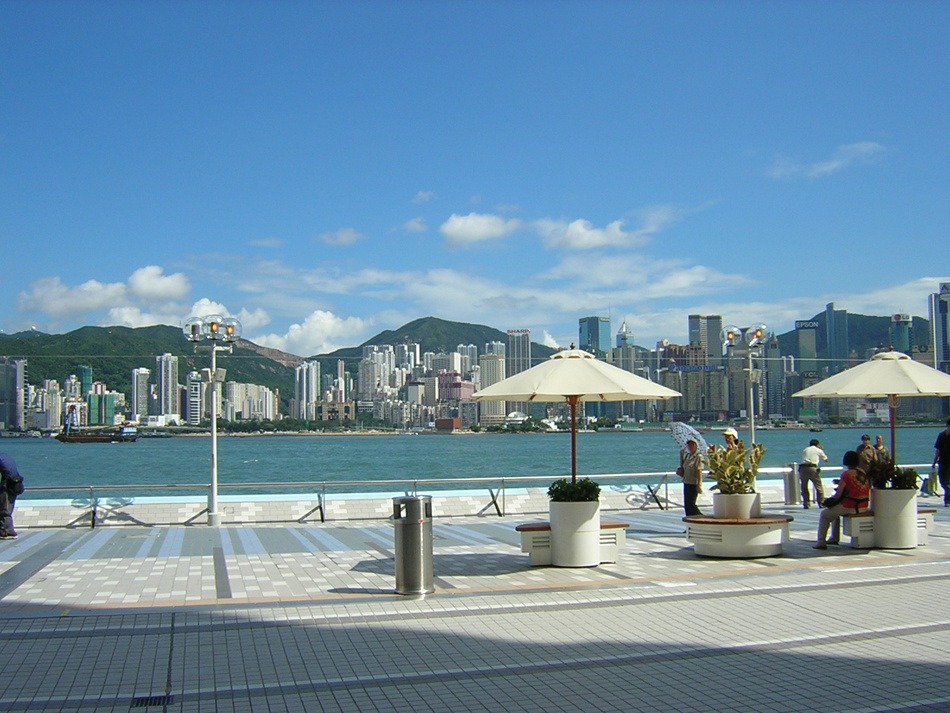Is peak oil, sustainability and climate change the beginning or the end of the car as we know it? With the advent of modernism carparks became first part of a highrise building to be constructed and were considered as part of the foundation system. There are a number of concerns with parking in urban areas. Will pollution and noise issues be meet by electric cars? Will innovative greened multistacking carparking arrangements be proposed for multi-density dwellings? How will congestion be addressed?
How will car supply and demand issues be thought about? Should urban residences be carfree with the possibility of outer-urban garaging accessible beyond the urban core area? Should urban work and commuting also be limited to the periphery of the inner-core? If so, who should be able to access this inner centre by car? Why?
Will eco-traffic engineers be engaged to design flow throughs and do capacity modelling for all new development sites so that designers can innovate and demonstrate best practice? Who will dream of the transit and traffic organisational schemas of our new cities?
More questions than answers!

